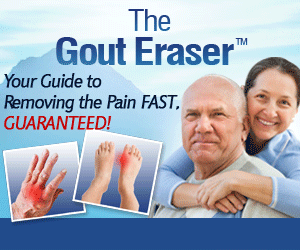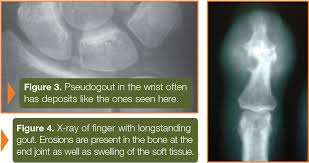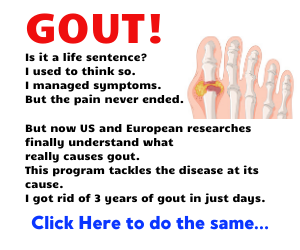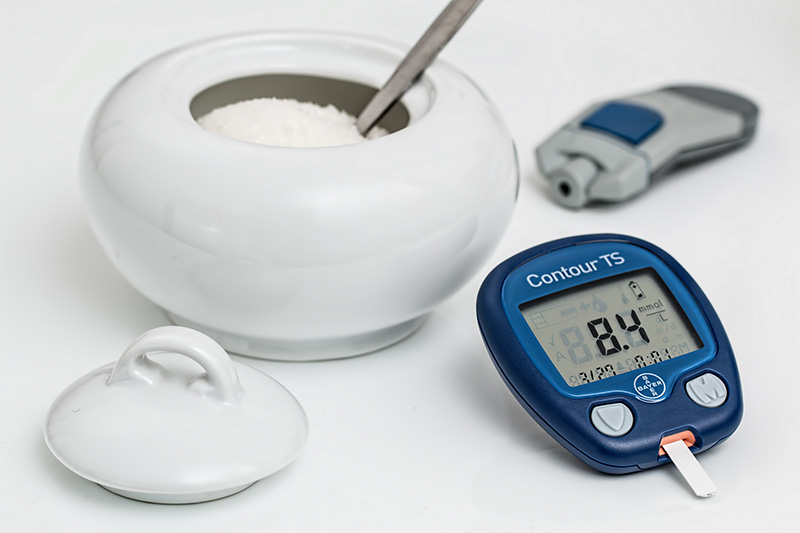
Gout is one of the most common types of inflammatory arthritis out there. It is caused by crystal deposits targeting various joints – these crystals are created when there is too much uric acid in the blood. There are, however, more similar affections out there and confusion is not uncommon at all. Learning differences between different affections can help you get a clue about what to expect.
With all these, it does pay off seeking help from a specialist doctor. Whether it is gout or a different – yet similar – affection, you need a professional diagnostic before beginning treatment. Moreover, some medications are only given with a prescription, hence the necessity of expert advice. Now, what do you need to know about gout and pseudogout and how do you differentiate them?
What is pseudogout (CPPD)?
The affection is similar to gout, yet it is officially known as CPPD – basically, it implies crystal deposits. Symptoms are relatively similar. While gout is extremely common, the other affection is pretty rare. But then, a specific diagnostic will ask for microscope analyses and tests for extra precision.
The CPPD is – just like gout – a form of arthritis. It is also painful and can lead to exquisite sensations. Crystal deposits are different, not to mention the pseudogout treatment. To keep it simple, gout is treatable. It can be diagnosed without too much hassle and actually treated. It can go away and never return – the CPPD is not that easy to get rid of.
Comparing pseudogout and gout
Comparing pseudogout vs. gout will give you lots of differences between the two affections.
Symptoms
When it comes to the actual signs and symptoms, gout will show up out of nowhere. It is abrupt and all symptoms will hit gradually, but over a short period of time. First, the affected joint will swell. It will go red, but it will also feel hot. Most commonly, this joint targets the big toe. Other times, it could target the knee, ankle, foot, elbow, finger or wrist. Usually, only one joint is affected.
Suggested article: The ULTIMATE Guide to Know Everything about Gout Symptoms
The CPPD is also quite common, so the two affections have this in common. Then, you will also experience a swollen joint first, not to mention redness and hot sensations. The joint will be painful. The CPPD will usually affect the knee, but the ankle or wrist may also be targeted. Rarely, the issue goes into spinal ligaments and causes neck pains. Unlike gout, CPPD can target one or more joints simultaneously.
Causes
Moving on to the causes, gout is caused by high levels of uric acid in the blood. The uric acid is not successfully eliminated through urine. With time, it builds up around joints and turns into tiny crystals that feel like needles when you move. This is what causes the inflammation and the painful sensations. As for risk factors, they are more diversified, but gout is usually caused by a bad diet.
Suggested article: 15 Triggers of Gout – What Causes Gout?
CPPD also involves crystal buildups, but such formations tend to gather in cartilages. The result is the same – inflammation and painful sensations, hence the confusion when diagnosing the affections. While age and genes can also affect the apparition of gout, they are more common among the risk factors of CPPD. Furthermore, CPPD can be caused as a consequence of other conditions too.
Diagnosis
The diagnostic is similar in both affections. Some operations require medical assistance, so none of these affections can be diagnosed at home. While you might have a clue about what you have, a detailed medical analysis is mandatory to ensure you get the right treatment. The medical history will be thoroughly analyzed in the process.
Then, the doctor will take you through a physical exam. Blood tests will also be performed to identify gout, not to mention joint analyses and even fluid aspiration. X-rays could be needed too, as well as ultrasound – usually, in more severe cases. In the worst possible scenarios, you will have to take a CT scan. When it comes to CPPD, you will normally go through the exact same tests, yet you will not need a CT scan.
Treatment
The treatment of gout depends on how intense it is, as well as your medical history. Suffering from an acute episode? Dealing with unexpected pain out of nowhere? Most doctors will prescribe NSAIDs. Other than that, you may also be given corticosteroids or colchicine. These options provide short-term relief though.
In the long run, disease management implies some lifestyle changes too. For example, you will need to make some dietary changes – most importantly, you need to drastically reduce the purine intake. You will have to avoid certain foods and drinks, but especially beer. Uric acid-lowering drugs may also be given to prevent gout flareups.
Suggested article: 15 Best Home Remedies for Gout – Natural Treatment For Gout
The pseudogout treatment is similar. If you face an unexpected attack or random painful sensations that interfere with your daily activities, you will have to take NSAIDs, corticosteroids or colchicine. These drugs are prescribed by specialist doctors. Unlike gout, CPPD cannot really be treated overtime and will never really go away. There are, indeed, a few ideas to keep it under control, but there are no major changes you need to make. Instead, expect random attacks to occur every now and then.
No matter which affection you get diagnosed with, it pays off discussing it with your specialist doctor. You will be given medical treatment and get some advice regarding potential flareups and how you can get overcome with minimum discomfort.
Conclusion
As a short final conclusion, while pseudogout (CPPD) is similar to gout, there are a bunch of differences between them. What really matters is to avoid making any changes in your lifestyle without discussing the issue with a doctor first. You need professional tests for a proper diagnosis, as well as specialized treatment to handle the condition.
If you had to choose between gout and CPPD, you would rather have gout because it is fully treatable and attacks are less likely to occur if you look after yourself.
Suggested articles:
– Gout vs. Bunion – The Difference Between Gout and Bunion
– Gout and Osteoarthritis – Similarities and Differences
– What Does Gout Feel Like? – Get The Full Insights
– Plantar Fasciitis Vs Gout – How These Two Are Related?
– Gout And Erectile Dysfunction – Can Gout Cause Erectile Dysfunction?
The Gout Eraser™: The all-natural guide for permanent gout removal
The Gout Eraser™ is a short, to the point guide on how to reverse gout symptoms without ever leaving your home. The guide goes into extensive detail on exactly what you need to do to safely, effectively and permanently get rid of gout, and you are GUARANTEED to see dramatic improvements in days if not hours.
To learn more about The Gout Eraser™ system, check out the following free video presentation: The Gout Eraser™






